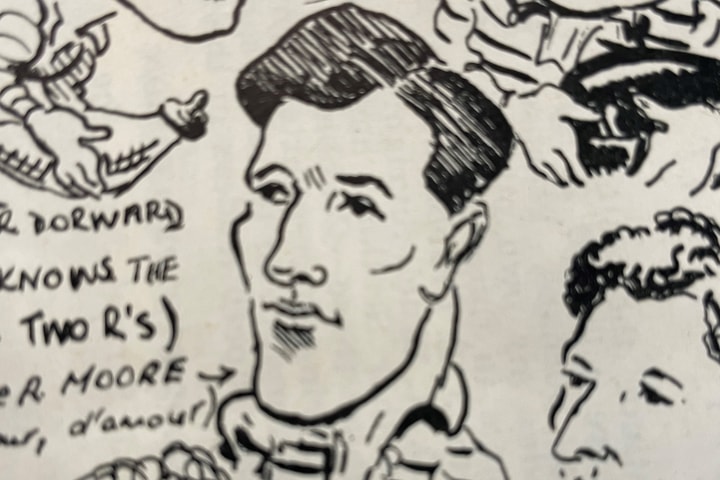
21 November 2025

Name: Andrew Ernest Stoddart

Birthplace: Westoe Position: Threequarter
Total Caps: 10
Calcutta Cups: 1 retained
Triple Crowns: 0 Outright
Championship Victories: 0
Grand Slams: n/a
World Cups: n/a
The man dubbed 'the most famous sportsman in Queen
Victoria's empire' was born in County Durham in 1860. His
sporting proficiency was quickly recognised and he became only the
second man in history to captain England at both cricket and rugby.
Brilliant as a wing but equally adept amongst the centres, Stoddart
was described as a dashing individualist who, once in his stride,
was practically unstoppable. A fierce competitor, he won many
matches with the accuracy of his drop-kicking and is known to have
regularly hurdled opponents in search of the try-line. He was first
selected for England in 1885. Between 1885 and 1889 he played in
six tests without defeat. He then captained his side four times
over the following four seasons. Away from the national side he
became the first captain of the Barbarians invitation side and also
captained the side that would become the British and Irish Lions
during their first tour in 1888. He is also on record as being the
first player to have scored an underwater try for Harlequins on a
waterlogged Chislehurst Common. He reportedly played his last games
for England with elastic knee caps on both knees, anklets on both
ankles and a rubber bandage on his elbow. The following is an
extract from a poem printed in Punch magazine after Stoddart had
captained the English cricket team to their ashes victory in
1894/5:
Then wrote the Queen of England,
Whose hand is blessed by God,
I must do something handsome,
For my dear victorious Stod'

About the Author: This article is an extract from the book One of Us: England's Greatest Rugby Players, available here. Phil McGowan has been a member of the World Rugby Museum team since 2007. Follow the World Rugby Museum on Facebook and Twitter